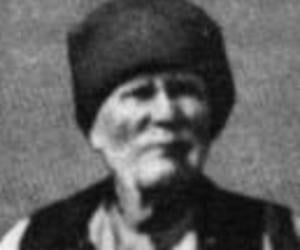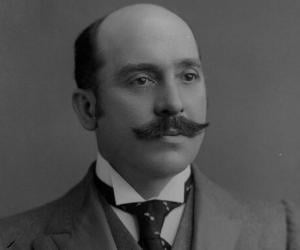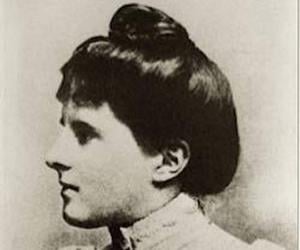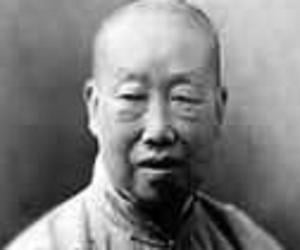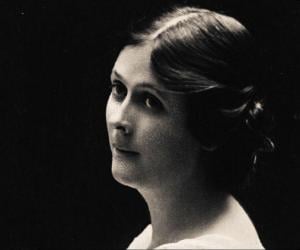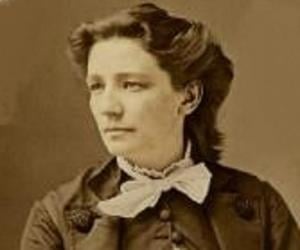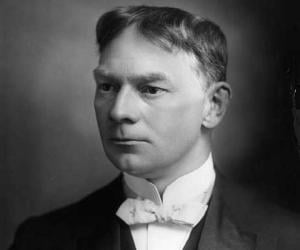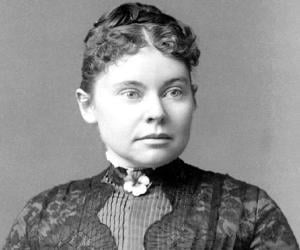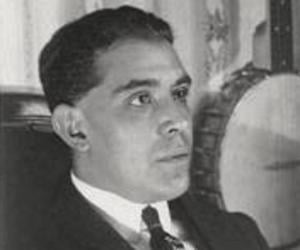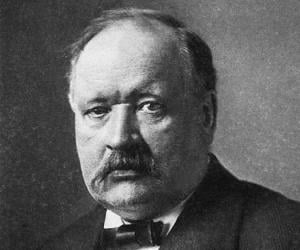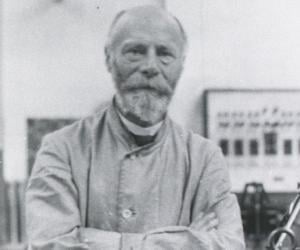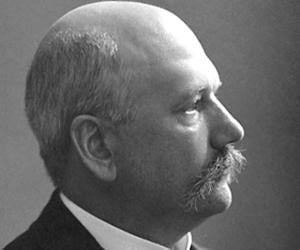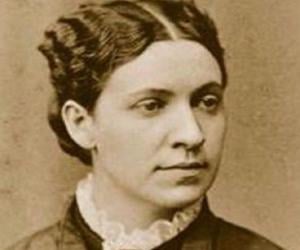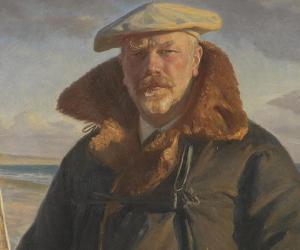Isadora Duncan was a dancer acclaimed in USA, Europe, and the Soviet Union. Raised by a single mother, she grew up in poverty and started teaching dance to children to earn some money. She later joined Augustin Daly's theater company. Eventually, she opened her own dance schools to teach her unique philosophy and techniques to her students.
Victoria Woodhull was an American politician, suffragist, and writer who played an important role in the women's suffrage movement. She is credited with founding Woodhull & Claflin's Weekly, America's first newspaper to be founded by a woman. Her life and career inspired the Broadway musical Onward Victoria. In 2001, she was posthumously inducted into the National Women's Hall of Fame.
Lizzie Borden was an American woman who gained national recognition after being tried and acquitted of the 1892 axe murders, which took place on August 4, victimizing Borden's father and stepmother. The murders and trial remain a topic in popular culture and have been the subject of several literary works, theatrical productions, folk rhymes, and films.
Juan Gris was a Spanish painter whose paintings are counted among the Cubism movement's most distinctive works. Gris's works and style influenced the Purist style of Charles Edouard Jeanneret and Amédée Ozenfant. Some of his paintings, such as Still Life with Checked Tablecloth and The musician's Table, have sold for millions of dollars at the auction.
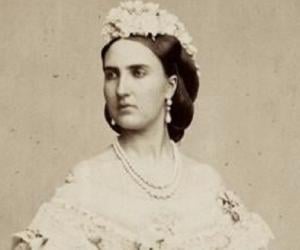
Carlota of Mexico served as the Empress consort of Mexico from 10 April 1864 to 15 May 1867. Her husband Maximilian I of Mexico died at the age of 34 and their relationship has inspired many movies, plays, TV series, and novels.
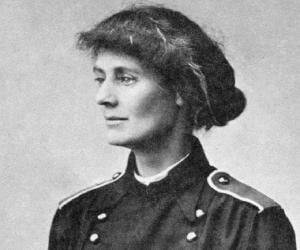
Irish revolutionary political leader and suffragist Constance Markievicz scripted history by becoming the first woman to be elected as a cabinet minister in Europe and also the first female to be elected to the British Parliament. Sentenced to death for her role in the Easter Rising, she was later granted amnesty.
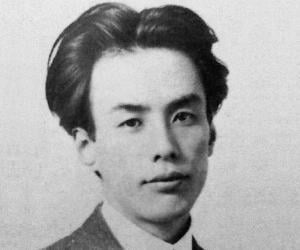
Ryunosuke Akutagawa was a Japanese writer best remembered for writing more than 150 short stories including In a Grove which inspired the 1950 film Rashōmon. Considered the father of the Japanese short story, Ryunosuke Akutagawa's brief career helped inspire his friend Kan Kikuchi to create Akutagawa Prize, a literary award for new writers, which is named in his honor.
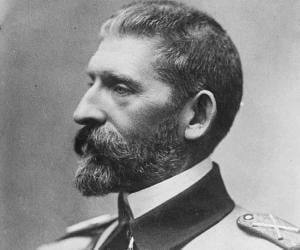
Ferdinand I of Romania reigned as the King of Romania from 10 October 1914 until his death on 20 July 1927. He chose to support the Triple Entente during World War I and managed to annex Transylvania, Bukovina, Bessarabia, and parts of Maramureș, Crișana, and Banat, which resulted in the establishment of Greater Romania.
Svante Arrhenius was a Swedish scientist who became the first Swedish person to win a Nobel Prize when he won the Nobel Prize for Chemistry in 1903. Although he was originally a physicist, Arrhenius is widely accepted as a chemist and is best remembered for co-founding physical chemistry. Stockholm University houses the Arrhenius Labs, which is named in his honor.
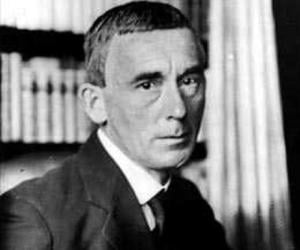
Author, poet and dramatist Hugo Ball was also a harsh social critic and a staunch pacifist. Known for his works like Critique of German Intelligence and The Flight from Time, he left Germany during WWI to settle down in neutral Switzerland, eventually becoming famous as the founder of the Dada movement and a pioneer in the development of sound poetry.
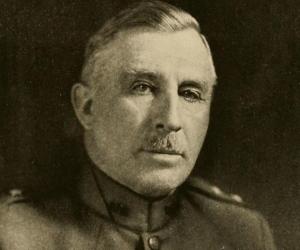
Willem Einthoven was a Dutch physiologist and physician whose invention of the electrocardiogram in 1895 earned him the prestigious Nobel Prize in Physiology or Medicine in 1924. He is also credited with theorizing the existence of Einthoven's triangle, which is named in his honor.
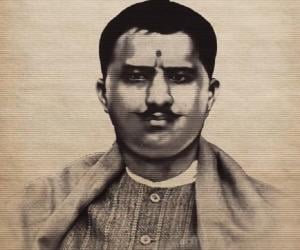
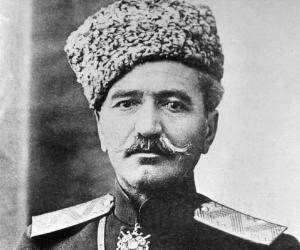
Andranik was an Armenian statesman and military commander. He played an important role in the Armenian national liberation movement and took part in the military campaigns as part of Armenia's fight for independence. He also took part in the First Balkan War and World War I. Today, Andranik is considered a national hero in Armenia.
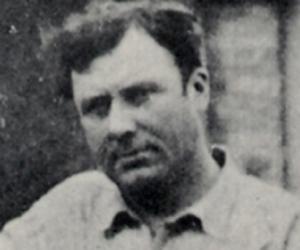
Eugène Atget was a French flâneur credited with pioneering documentary photography. Renowned for his obstinacy to document all of the street scenes and architecture of Paris before the advent of urbanization, Atget's works inspired several surrealists. Unfortunately, Eugène Atget did not live to see the kind of reception his works eventually received; he was not celebrated during his lifetime.
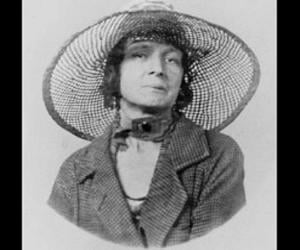
Part of the German avant-garde movement and a prominent Dadaist, poet and artist Elsa von Freytag-Loringhoven is best remembered for her sound poetry and her posthumously published book Body Sweats. It is believed the famous urinal Fountain sculpture thought to be a work of Marcel Duchamp was actually created by Elsa.
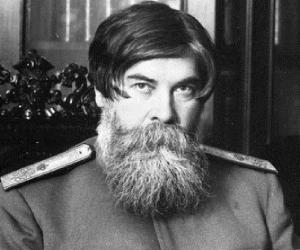
Neurologist and psychiatrist Vladimir Bekhterev is best remembered for his research on the brain and conditioned reflexes and for his pioneering research on objective psychology. He taught at institutes such as the University of Kazan and was also known for his rivalry with contemporary Ivan Pavlov.
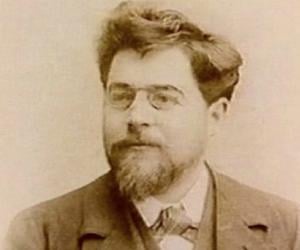
Albrecht Kossel was a German biochemist whose work in ascertaining nucleic acids' chemical composition earned him the prestigious Nobel Prize for Physiology or Medicine in 1910. Kossel is also remembered for conducting prominent research into protein's composition. His work influenced several other important researchers like Henry Drysdale Dakin, Edwin B. Hart, Friedrich Miescher, and Felix Hoppe-Seyler.
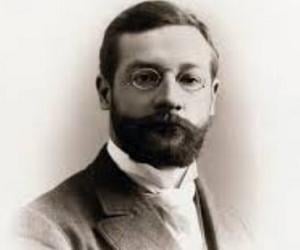
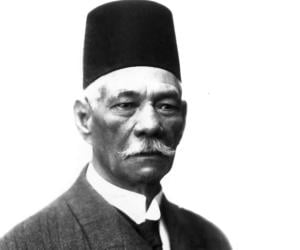
Egyptian statesman Saad Zaghloul, who once led the Wafd Party and the 1918-19 nationalist movement, had also served as the prime minister of Egypt for less than a year. Initially an advocate, he had also worked as a journalist. He had headed the Egyptian ministries of justice and education, too.
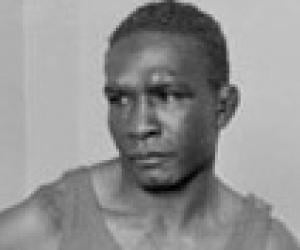
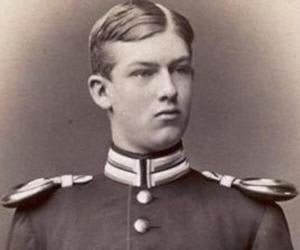
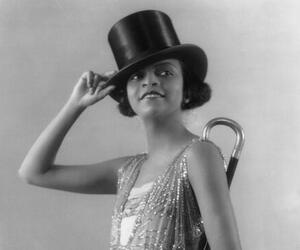
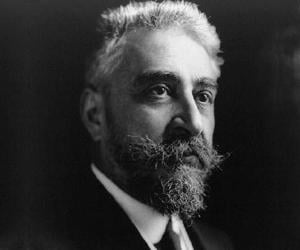
Ion Ionel Constantin Brătianu served as Prime Minister of Romania for five-terms and played an instrumental role in unification of Old Romanian Kingdom with Transylvania, Bessarabia and Bukovina. He served as Foreign Minister of Romania. He led National Liberal Party (PNL) for over 18-years. He hailed from the influential Brătianu family of Romanian politicians, who dominated PNL throughout its existence.
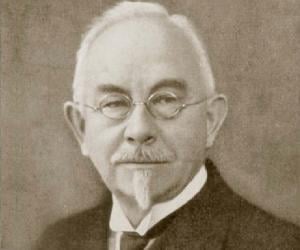
Danish geneticist and botanist Wilhelm Ludvig Johannsen is remembered for his research on plant heredity. Initially a professor, who had also taught plant physiology at the University of Copenhagen, he later focused on research. He is also credited with coining the terms phenotype, genotype, and genes.

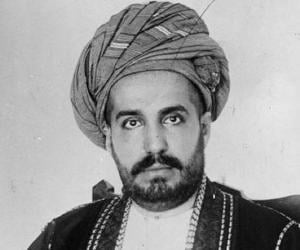
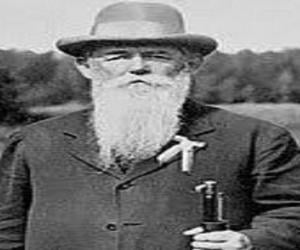
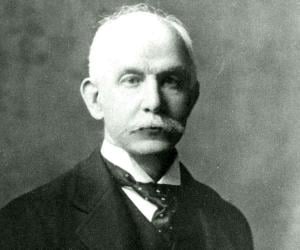
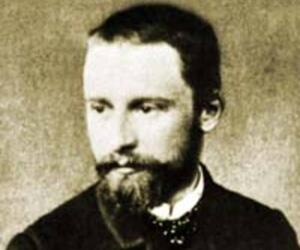
French Post-Impressionist painter Paul Sérusier, considered a pioneer of abstract art, was a member of Les Nabis group that played a key role in transition from impressionism and academic art to abstract art and symbolism. His 1888 painting The Talisman, made under guidance of Paul Gauguin at the artist's colony of Pont-Aven in Brittany, became an icon of 20th-century art.
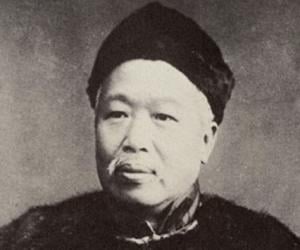
Qing dynasty reformer Kang Youwei was associated with the Reform Movement of 1898. Though he initially admired Western civilization, opened schools, and even attempted to abolish foot-binding of women, he later became a staunch supporter of Confucianism and opposed blind westernization. He fled to Japan after the reform movement failed.

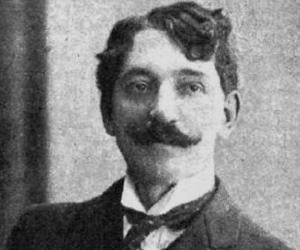
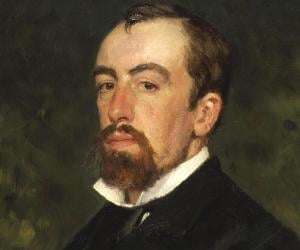
Vasily Polenov was a Russian painter best remembered for his association with a group of realist artists called The Wanderers. Polenov believed that art could play a major role in promoting joy and happiness. He was also a humanist and worked towards improving the living conditions of those around him.
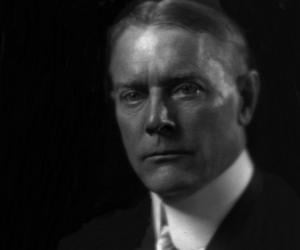
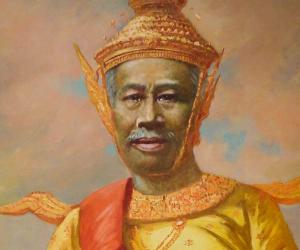
Cambodian king Sisowath is remembered as a titular head of the French colonial administration in Cambodia. He even went to France in 1906, to visit the Colonial Exhibition. He is said to have had 20 wives and 29 children, including Sisowath Monivong, who succeeded him.
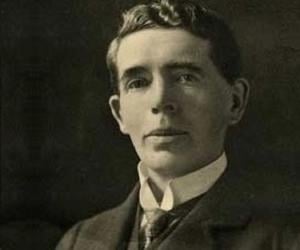
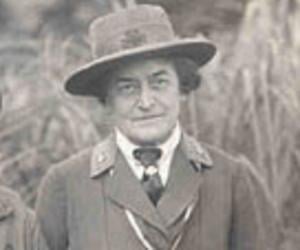
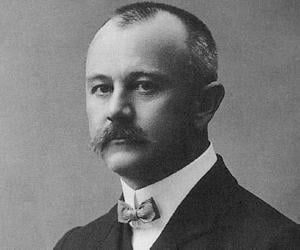
Michael Ancher was a Danish realist artist best remembered for his portrayal of fishermen, lakes, and scenes from the fishing community in Skagen. In 1889, he was honored with the prestigious Eckersberg Medal. Today, many of Michael Ancher's paintings are preserved at the National Gallery of Denmark, Skagens Museum, and Ribe Art Museum.
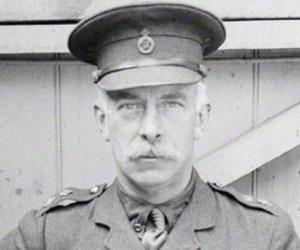
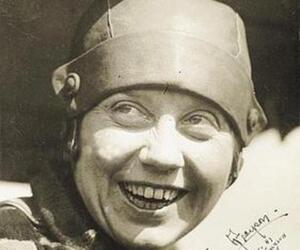
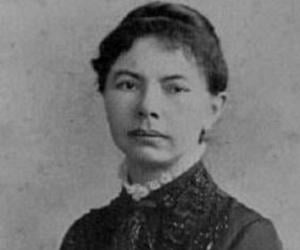
Born to a teacher father, Sarah Frances Whiting created history by becoming the first physics professor of Wellesley College, an institute that revolutionized higher education for women, and also established America's second undergraduate and first women’s physics lab. She remains a pioneer of women’s education in science.
